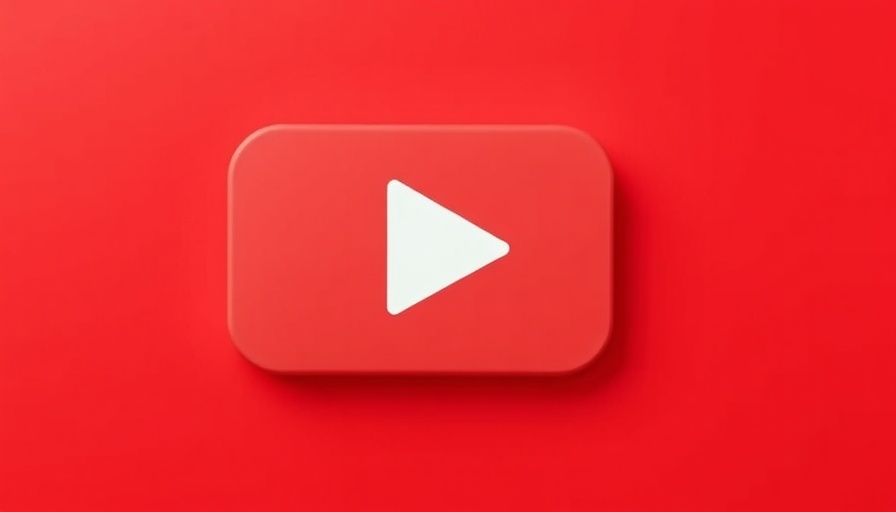
Understanding AI and Plagiarism Services
In the digital age, where vast amounts of information are readily available online, the integrity of written work has come under scrutiny like never before. Students, researchers, and professionals alike seek reliable services to ensure their documents not only adhere to academic standards but also maintain originality. This is where Turnitin and similar plagiarism detection services come into play, offering tools for users to verify the authenticity of their work.
In 'New Turnitin Class ID and Enrollment Key Free 2025', the discussion dives into the realm of academic integrity through plagiarism checks, exploring key insights that sparked deeper analysis on our end.
Why Choose Instant Turnitin Reports?
Have you ever felt pressed for time while trying to submit a paper? It can be incredibly stressful. Accessible and immediate services, like the one discussed in the recent video, provide quick results in just 30 minutes for only $3. This cost-effective solution meets the high demand for urgent plagiarism checks while preserving accuracy and privacy. With such quick turnaround times, it allows users to focus on their studies or projects without worries about academic dishonesty.
The Importance of Confidentiality and Security
One significant concern many have when using online services is the confidentiality of their work. The service highlighted promises it's 100% confidential and designed to protect the integrity of the submitted documents. As students and professionals, protecting personal work and ideas is crucial, making confidentiality a top priority. This factor reassures users that their information remains secure and is only used for the intended purpose: to provide an honest assessment.
Trends in AI and Plagiarism Checking
With technology continuously advancing, the landscape of AI and plagiarism detection is likely to evolve further. AI-driven tools are becoming increasingly sophisticated, allowing for deeper analysis of documents and highlighting more nuanced instances of potential plagiarism. Understanding these changes is essential for users to remain ahead of trends, ensuring that they submit original and compelling work. The rise of these tools illustrates the growing need for accountability in academic and professional writing.
Bridging the Gap with AI in Education
The integration of AI in education is transforming how we approach learning and assessment. Online services, such as the one mentioned, support students by providing valuable insights into their writing and helping foster a culture of integrity. As educational settings adapt AI tools, there's an opportunity to teach students about originality, making them more conscious of how they utilize resources. This technology isn't just about detection; it’s about enhancing educational outcomes and building better writers.
A Call to Action for Students and Professionals
If you feel overwhelmed by the pressures of academic writing and plagiarism concerns, consider utilizing the mentioned service to improve the quality of your submissions. Remember, it’s crucial to maintain your integrity while producing original content. Don't hesitate to explore your options! To take a step toward securing your work, you can bypass ANY AI detector with ease.
 Add Row
Add Row  Add
Add 




Write A Comment